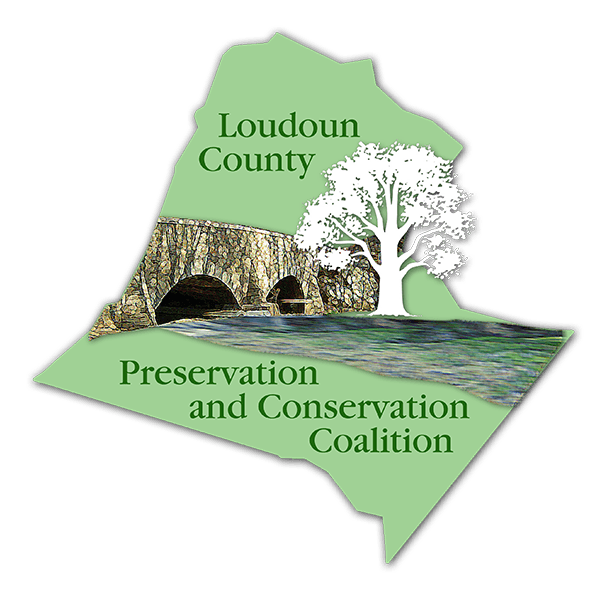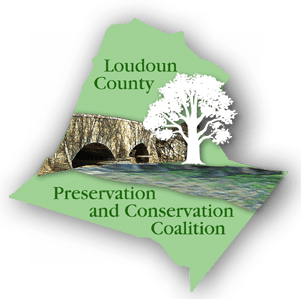The neo-Nazi march in Charlottesville and the violence that followed have created concerns throughout the nation, in Virginia, and here in Loudoun about how to properly address memorializing and educating about our long and troubled history of racial relations. As part of its report to the Loudoun Board of Supervisors on that subject (prompted by the presence of the Confederate statue on the Courthouse lawn), the Loudoun Heritage Commission has produced a narrative history of the Courthouse and how it has symbolized and captured many of the issues, trends, events and changes in our nation’s struggle to provide equal rights for all.
From the report’s prologue:
As Virginia historian James Hershman has noted,
“The courthouse is the symbol of the presence and power of the Commonwealth of Virginia in Loudoun County. . . . It was the state that could execute you, imprison you, or take your property — all of that was done in that building. It was under Virginia’s Constitution and the state laws it authorized that race was defined and segregation was mandated. . . . Justice, under state authority, was meted out–in unequal fashion — in that courthouse to the black and white citizens of Loudoun County.”
In its nearly three century history, the Courthouse has been the center of life in our County—witness not only to acts of honor and bravery, justice and freedom, but also to acts of tyranny and injustice, humiliation and suffering.
The Courthouse represents the long path from the promise of “All men are created equal” in the Declaration of Independence read from its steps, to the delay of that promise through brutal acts of enslavement and punishment, to the horrors of a Civil War that pitted brother against brother, to the incomplete work of Reconstruction, to the restrictions and entanglements of Jim Crow segregation, and, finally, to events and actions moving us step-by-step toward the long-overdue fulfillment of the Declaration’s promise of equal justice for all.
In this report we have presented some glimpses into that history, some vignettes of the people who have participated in our struggle to find justice, and some moments that capture the evolution of our thinking and our behavior over the centuries.
We hope that this history, and the memorials we have proposed, provide the opportunity for all our citizens and visitors to better understand this long and difficult path toward freedom, and inspire all of us to continue on that path toward an even better future.
The report goes on to document the timeline of Loudoun’s racial history, from the earliest settlers in the early 18th century to the present day, and to provide stories, vignettes, statistics, and illustrations to illuminate that long history. The Coalition strongly recommends that you access and read this history, that you share it with the members of your organization, and that you participate in future discussions about the best ways to memorialize that history on the Courthouse grounds and in our County.
To read the full report and learn more about this Heritage Commission project, please go to this link on the Loudoun County website.



Leave a Reply
Your email is safe with us.